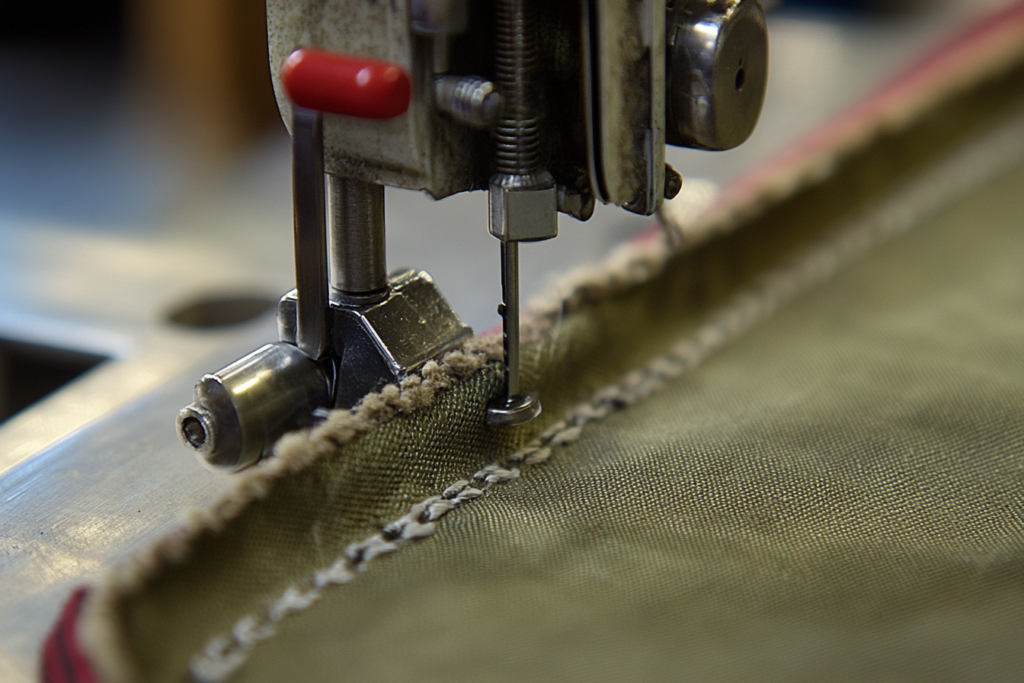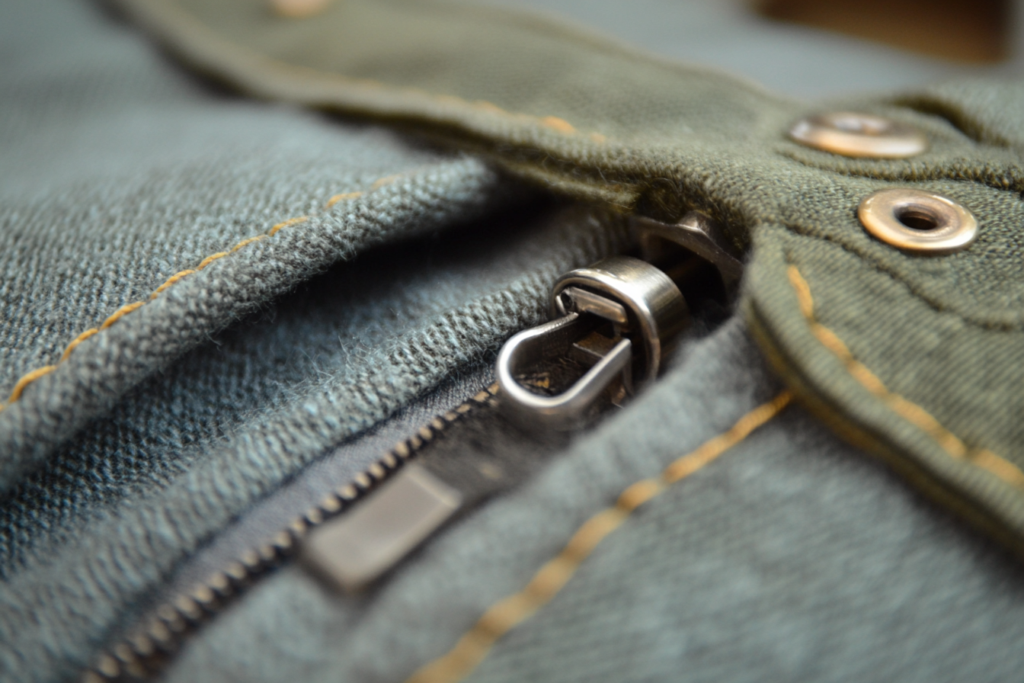Folder: A Special Tool for Precise Folding of Seams in Sewing
Meta Description: A folder is a sewing tool designed to assist in the precise folding of seams, ensuring neat and professional finishes. Learn how this tool can improve your sewing technique.
What is a Folder in Sewing?
In the world of garment construction and textile design, a folder is an essential sewing tool that helps create precise folds in fabric. A folder is a device attached to a sewing machine or used manually to fold the fabric along a specific line, ensuring that seams are folded with accuracy. This tool is commonly used in both industrial and home sewing environments to create neat, even folds and can be essential when working with delicate or lightweight fabrics.
Folders come in various shapes and sizes to accommodate different folding needs, whether you’re folding hems, pleats, or seam allowances. They make the process of folding faster, more accurate, and more consistent compared to manual folding, reducing the likelihood of errors and improving the quality of the finished garment.


How Does a Folder Work?
A folder works by guiding the fabric through a specialized slot or channel that ensures the fabric is folded precisely at a desired angle. Depending on the type of folder being used, the fabric can be folded once, twice, or multiple times to achieve the desired result.
There are several types of folders used in sewing, each suited for a specific folding task:
- Hem Folders: These are designed to fold the fabric over at a uniform width, ideal for hemming garments like pants, skirts, or dresses.
- Pleat Folders: Used to create pleats with uniform spacing and depth, a pleat folder is essential for adding structure and texture to fabrics.
- Bias Tape Folders: These folders are used to fold bias tape into a neat strip, which can then be used as a trim or edge finish.
- Double Folders: Double folders fold the fabric over twice, creating a clean finish on the inside and outside of the seam.
- Binding Folders: Binding folders are specifically designed to fold fabric for edge binding applications, such as finishing the edges of quilts or garments.
Benefits of Using a Folder in Sewing
- Precision: Folders allow you to fold seams or fabric evenly with accurate measurements, which is crucial for creating professional-quality garments. This precision ensures that every fold is consistent and aligned, minimizing the risk of uneven hems or misaligned pleats.
- Time-Saving: By automating the folding process, folders significantly reduce sewing time. For projects that require many folds, such as pleated skirts or layered hems, a folder speeds up the process, especially when compared to manual folding.
- Improved Finish: The use of a folder ensures that the folds are crisp and even, contributing to a cleaner, more polished appearance in your finished garment. This is especially important when working with fabrics that are prone to fraying or shifting during the folding process.
- Enhanced Consistency: Folders provide consistent results, which is particularly important for large production runs or when multiple garments need to be made to the same specification. The uniformity of each fold improves the overall look of the garment.
- Professional Results: Using a folder gives garments a more polished, store-bought appearance. Whether it’s the neatness of a hem or the crispness of pleats, using a folder results in high-quality finishes that are often found in commercial garments.
Types of Folders and Their Uses
- Single Fold Folder:
- Use: Creates a single, clean fold along the seam allowance or edge.
- Best For: Hemming, finishing edges, or folding the fabric for simple seams.
- Double Fold Folder:
- Use: Folds the fabric over twice, ensuring a neat edge.
- Best For: Making bias tape, edge finishing, or binding seams.
- Pleat Folder:
- Use: Creates evenly spaced pleats, perfect for structured designs.
- Best For: Pleated skirts, dresses, or any project that requires precise pleating.
- Bias Binding Folder:
- Use: Folds bias-cut fabric evenly to make a binding strip for edges.
- Best For: Creating bindings for necklines, armholes, or quilt edges.
- Hem Folder:
- Use: Specifically designed for creating hems with consistent width.
- Best For: Hemming long garments like pants, skirts, or dresses.
How to Use a Folder in Sewing
Using a folder is relatively straightforward, though it does require some practice to achieve the perfect fold. Here’s a general guide to using a folder:
- Attach the Folder to Your Sewing Machine: Depending on your sewing machine, attach the folder to the foot or feed system designed for it. Some sewing machines have specific folders that fit onto the machine, while others require separate attachments.
- Prepare the Fabric: Cut and mark the fabric according to your project’s specifications. For example, if you’re hemming a garment, measure and mark the hemline to ensure it’s consistent.
- Insert the Fabric into the Folder: Place the fabric into the folder slot, ensuring it’s properly aligned with the fold line. The folder will guide the fabric through, folding it automatically as you sew.
- Sew Along the Fold: As you sew, the folder will pull the fabric through and create the precise fold. You may need to adjust the stitch length or tension for the best results.
- Press the Fold (if necessary): Depending on your project, you may need to press the folds once they are created to ensure they stay in place.
Common Mistakes When Using a Folder
- Incorrect Fabric Alignment: If the fabric isn’t aligned correctly with the folder, the folds may be uneven or misaligned.
- Using the Wrong Folder for the Fabric: Not all folders work well with every type of fabric. For instance, a pleat folder may not perform well with very delicate or stretchy fabrics.
- Sewing Too Fast: While folders make the process faster, sewing too quickly can cause the fabric to shift or cause uneven folds. It’s best to sew at a steady pace.
Conclusion: The Importance of Folders in Sewing
Folders are indispensable tools for achieving precise folds in garment construction. Whether you’re creating hems, pleats, or bindings, a folder helps ensure that your sewing projects have a clean, professional finish. It saves time, reduces errors, and enhances the overall quality of the garment. By choosing the right type of folder for your project, you can significantly improve your sewing efficiency and achieve consistent, high-quality results every time.



